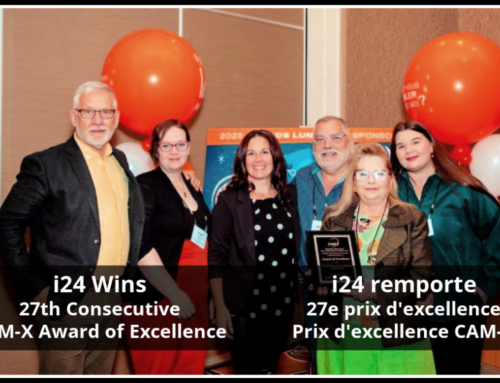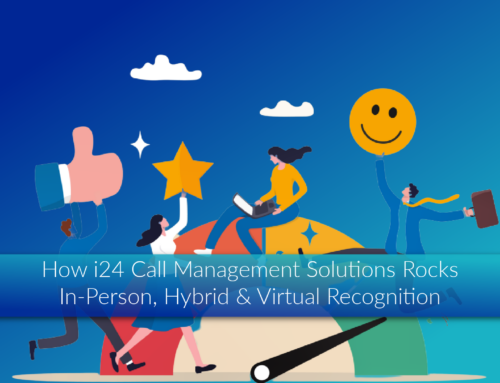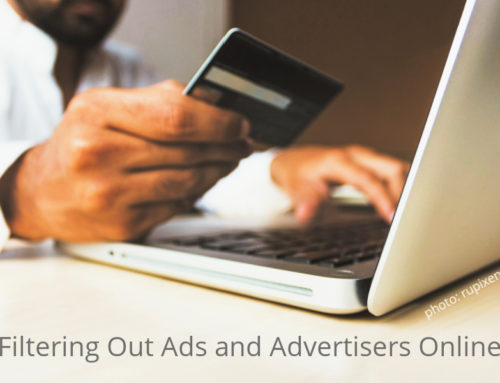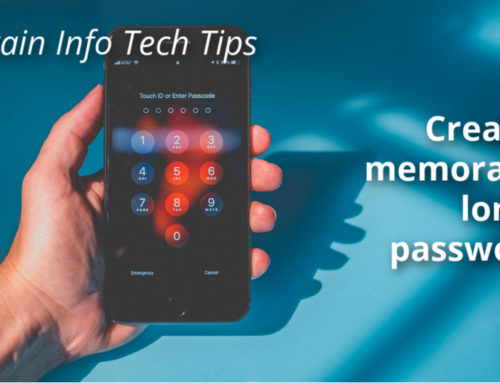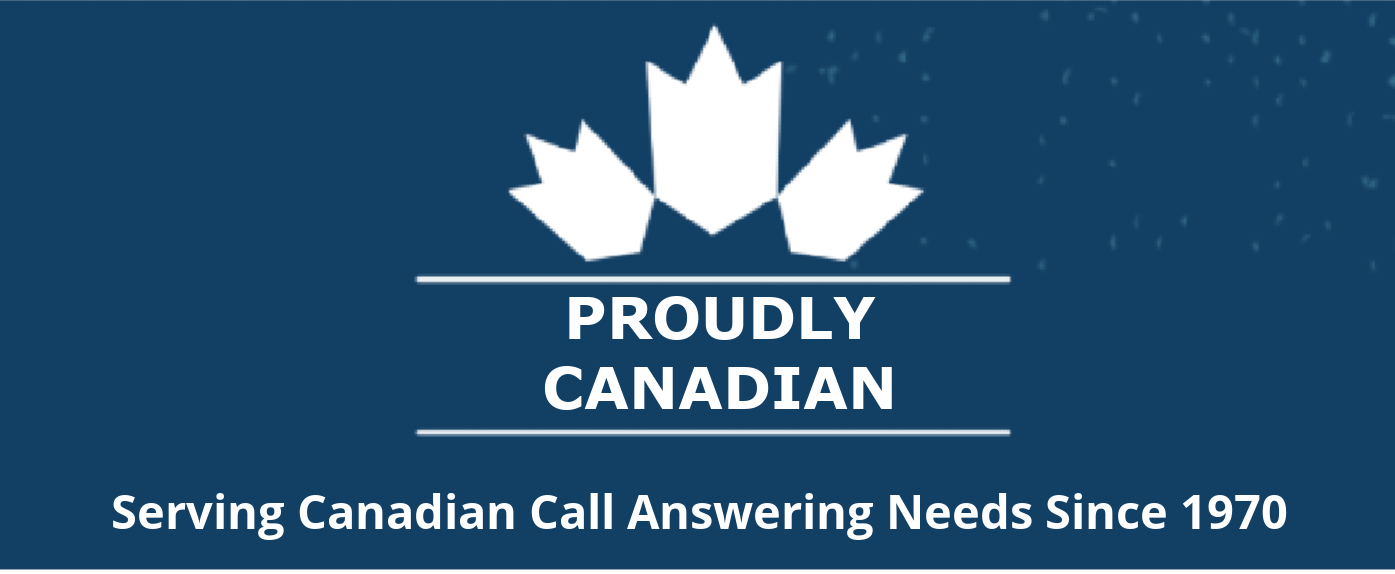
Content Marketing – What is it?
Joe Pulizzi of the Content Marketing Institute defines content marketing as:
“Content marketing is the creation, publication and distribution of relevant, helpful articles, videos, images etc. to attract, engage and acquire a defined target audience with the objective of driving profitable customer action.”
Simply put, it’s using distributed blogs, video, newsletters etc. to help your targeted buyers solve the same problems your service does.
Content Marketing is the hub of SEO, Social Media and your story
It’s not a question of outbound vs inbound marketing, social media vs PPC. It’s a question of creating a strategy that recognizes the strengths of each method. Finding which works best for your goals then managing them as goals change.
Your content marketing strategy works best when it works in collaboration.
People research their buying choices online. They block disruptive ads by installing ad-blockers. They skip commercials on pre-recorded shows and watch streaming videos. We’ve become ad-phobic.
Enter inbound marketing via content marketing.
What worked 2 years ago, doesn’t work now.
People are more likely to find you through social media shares and direct searches.
Shoppers do extensive online research before deciding on a product or service. This is the period Google refers to ZMOT – or the zero moment of truth.
It falls between the time when someone becomes aware of a product and when they buy it.

 Content Marketing is not a shiny new thing.
Content Marketing is not a shiny new thing.
A papyrus scroll was recently uncovered in the tomb of ancient Pharaoh Tutucomon.
Once it was cleaned and translated, it appeared to be the first recorded Facescroll post. In spite of water damage and teeth marks, we could make out the scroll to read:
“Pharaoh Queen saw a basket floating in the crocodile-infested Nile. She commanded her maid to fetch it. The croc ate the maid in one bite. (Oops emoji)
Queen sends in another maid. Maid “B” charges into the river and hops on the backs of the crocodiles to retrieve the basket. She places the basket at the feet of the Queen who removes the lid.
You’re won’t be ready for what happens next!
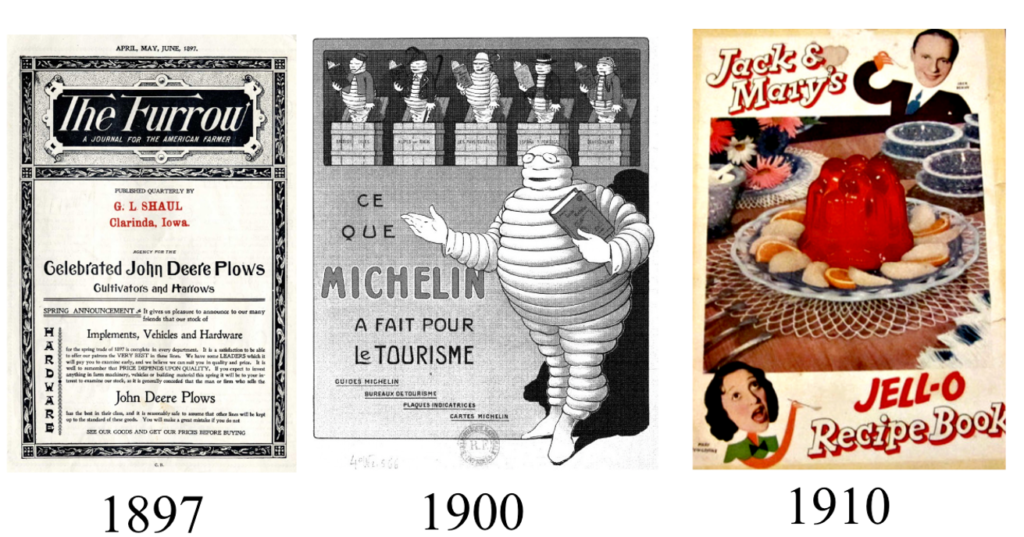
![]()
Jump ahead a few thousand years to the 19th and early 20th century. Content Marketing enters the scene via publication of useful tips, tricks and reviews.
John Deere’s The Furrow, the Michelin Guide and the Jello Recipe Book made household names of those brands. They figured a way of getting their names into households.
The reward for their helpful initiatives was “trust”. They became a go-to resource for farming news, restaurant rankings and easy to make desserts.
![]()
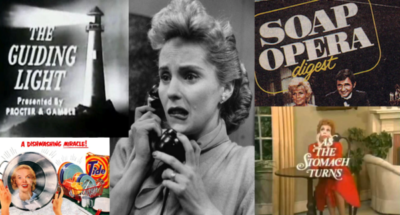
Then, along comes electronic media.
Radio first, then television brought advertising into our living rooms.
The medium was about to dictate the message. The boundary between content and advertising was to become blurred.
Procter & Gamble and others didn’t only buy sponsorships, they produced the shows.
The content was their Trojan horse.
Soap Operas soon affected pop culture and gave long careers to actors like Susan Lucie and comedy fodder for Carol Burnett.
![]()
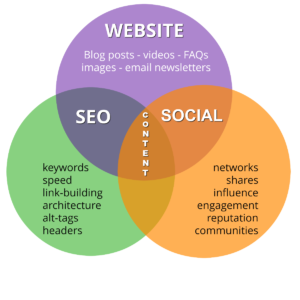
 Content is the hub of your Digital Marketing
Content is the hub of your Digital Marketing
It all starts with your digital home.
Your website should be the online doppelgänger of your physical office.
You only have a few seconds to project to the reader what you’re about, what your offer is and what makes you unique.
Upload speed, colours, navigation design, all create a positive first impression that will improve your SEO.
Social media carries your message across the internet.
It’s pointless to spend hours sweating over your masterpiece to have it sit there on your blog unread, unheard unseen.
Derek Halpern of Social Triggers suggests using his 80/20 rule for content marketing. Create content 20% of the time. Spend the other 80% of the time promoting what you created.
There is no evidence that social shares directly influences SEO. But, Google does look at the number of shares from high ranking sites as an indicator of your content quality. High-quality links directed back to your site is one of Google’s SEO pillars.
Social media encourages online relationships. Engage with your targeted audience by opening two-way conversations.
These connections build trust and sense of community. This, in turn, increases the likelihood that you’ll be top of mind when it comes time your service is needed.
The Top social media platforms for B2B companies are:
LinkedIn (82%)
Twitter (66%)
YouTube (64 %)
Facebook (41%)
SlideShare (38%)
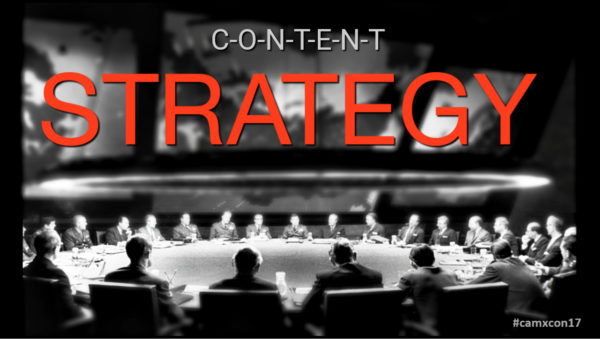
Content marketing is not a “stand-alone” strategy.
It’s the bridge between sales and marketing.
Sure, a content marketing strategy consists of researching, creating and publishing content. But is also includes coordinating input from sales, operations, and, most importantly, clients.
Include everyone who is customer-facing to contribute to planning your strategy.
• Find your niche and have a content professional develop your voice and research placement options.
• Brainstorm keywords and client pain points.
• Involve the whole organization, listen to what clients and callers are saying, (pain points)
• Do buyer interviews.
• Find an in-house content marketing maestro. (Content marketing works with PPC (pay per click), SMM (social media marketing), and SEO)
If you decide to outsource content creation and social media, you need someone in-house who knows your product and service.
![]()
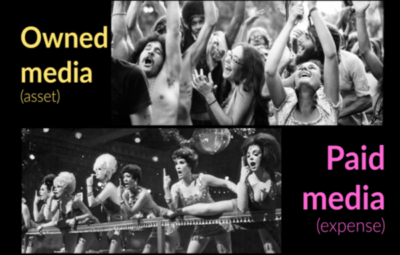 In spite of it being a resource suck, we are doing more content marketing than ever.
In spite of it being a resource suck, we are doing more content marketing than ever.
The reason? It works – as long as you’re patient, start with a strategy and create content that is not the same as everybody else’s.
Unlike advertising campaigns, the benefits continue long after the content is launched.
You own your content.
You can republish and repurpose it anytime.
This post is a repurposed from a presentation I recently made for The Canadian Call Management Association.
With paid media, (banner and Facebook ads) once the music stops, you got to pay another dime for another dance.
![]()
![]()
![]()
WHY COMPANIES ARE INVESTING IN CONTENT MARKETING
Companies increasingly turn to inbound marketing due to the mounting cost of digital advertising.
According to the Content Marketing Institute, the top 5 reasons B2Bs use content marketing are:
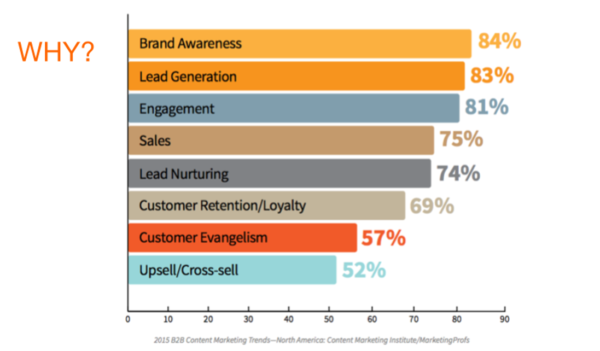 84% – Brand Awareness
84% – Brand Awareness
83% – Lead Generation
81% – Engagement
75% – Sales
74% – Lead nurturing
What these stats tell me is these B2Bs aren’t clear on how content marketing fits into their marketing mix.
Take the fact that lead generation ranks almost ten percentage points above lead nurturing.
Outbound marketing is a lead generating strategy.
Its purpose is to generate excitement around your products and services to bring prospects into the sales pipeline.
Yet, Marketing Sherpa reported that 79% of marketing leads never convert into sales. What’s missing is targeted lead nurturing efforts.
Inbound marketing is a lead nurturing strategy.
Instead of aiming for a transaction, the goal is to create a relationship with your audience.

 What’s your story, morning glory?
What’s your story, morning glory?
People don’t make decisions based on logic, they make them based their feelings. Stories reach us on an emotional level.
So, how do we connect emotionally with our audience?
It’s all about “pain points”.
What are the most frequent questions asked when someone calls about a service?
– Answer them in the form of FAQs, blog posts, live streaming, bite-sized tweets and newsletters.
– Show them how you can solve their problems in videos and infographics.
– Communicate your brilliance live with webinars, podcasts, live streaming.
Don’t do it with bullet points. (I know, I just did it.)
Give them a story they can relate to like how you came to a client’s rescue by creating a customized program that MacGyvered.
![]()

Let’s get personal!
Stories bring people together by sharing common experiences.
It happens when we meet a stranger at an event. It’s the “ice-breaker” that salespeople used since Carnegie put pen to paper and wrote, “How to Win Friends and Influence People.”
[clickToTweet tweet=”Emotions beat logic when it comes to decision making.” quote=”Emotions beat logic when it comes to decision making.” theme=”style2″]
They help potential customers discover what feels right and what is most advantageous to them.
Our decisions are based on self-interest, on our emotional response, not on rationalization.
![]()

What’s in it for me?
Great Content is credible, interesting, engaging, and provides a great user experience. Above all, it is useful.
As Mark Traphagen wrote recently: “Usefulness is the catalyst of content effectiveness.”
It’s not about you. It’s about your audience.
If you’re telling people in a hundred ways how good you are then you’ll never stand out from the “we’re the best” messages 99% of your competitors push out.
Show them how good you are. Show them who you are and you will stand out.
![]()
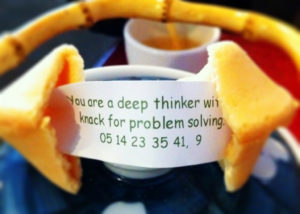
Be a problem solver.
Isn’t that why you’re in business?
We need to create content that does the same. Every innovation you develop is to address a client problem.
Working your niche is important, but share content outside your keywords occasionally. It can attract people who don’t know what they don’t know.
![]()

Be as unique as your fingerprint
It doesn’t have to completely reinvent the wheel, but it should add at least one new spoke.
Don’t bother creating a piece of content unless you can bring a fresh perspective to the topic.
Make your “voice,” as unique as the content itself.
“Be yourself, everyone else is taken.”
In Social Media Explained, Mark Schaefer recounted how he gave the following challenge to a number of business execs. He asked them to complete this following sentence:
“Only we can…
Evidently, it was one of their most challenges exercises.
“To stand out from your competition, you need to find a way to create and sustain an emotional connection between you, your content and your audience”
If you choose to begin or to reimagine your content marketing strategy, after you…
• Define your vision, what you want to accomplish.
• Figure out who is your buyer persona?
• Define how will you measure your progress, which KPIs and content marketing metrics?
• Plan how will you encourage team collaboration?
• Decide which distribution channels will to use?
…the success of your content marketing rests most on the quality of your content.
If your content doesn’t count, don’t count on your content.


